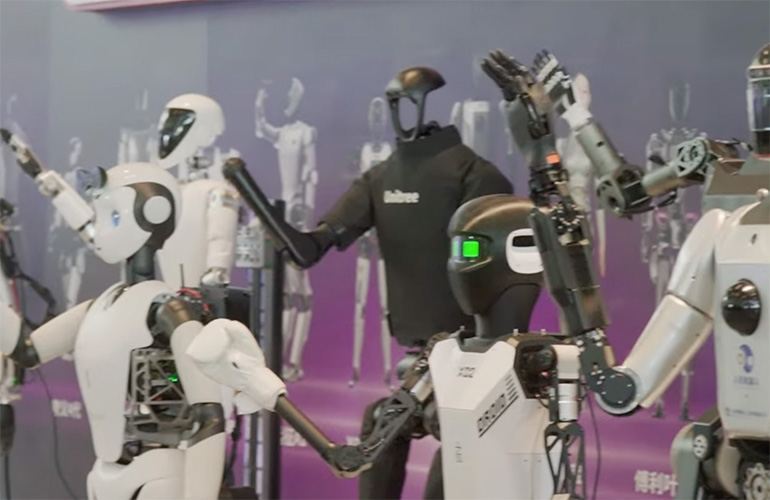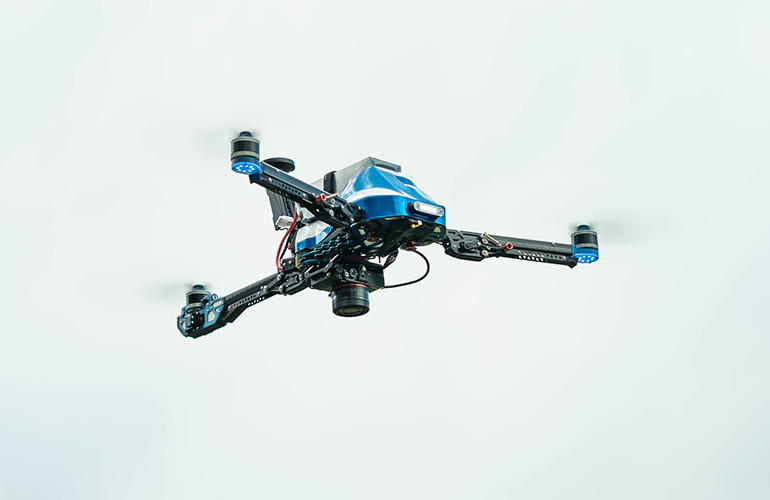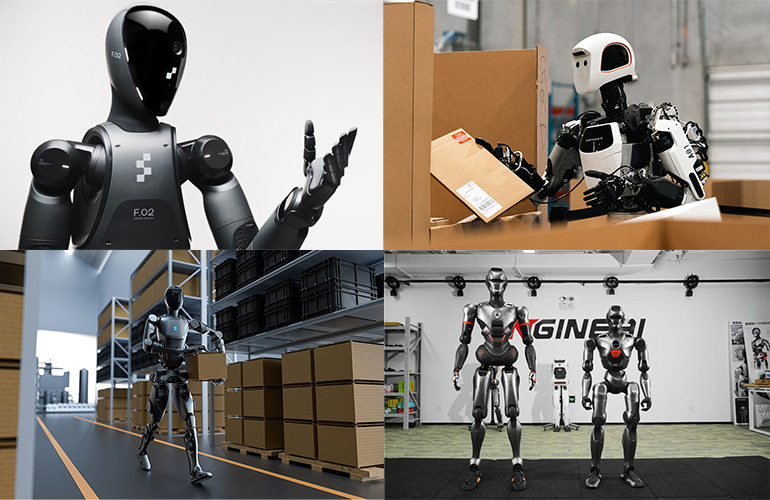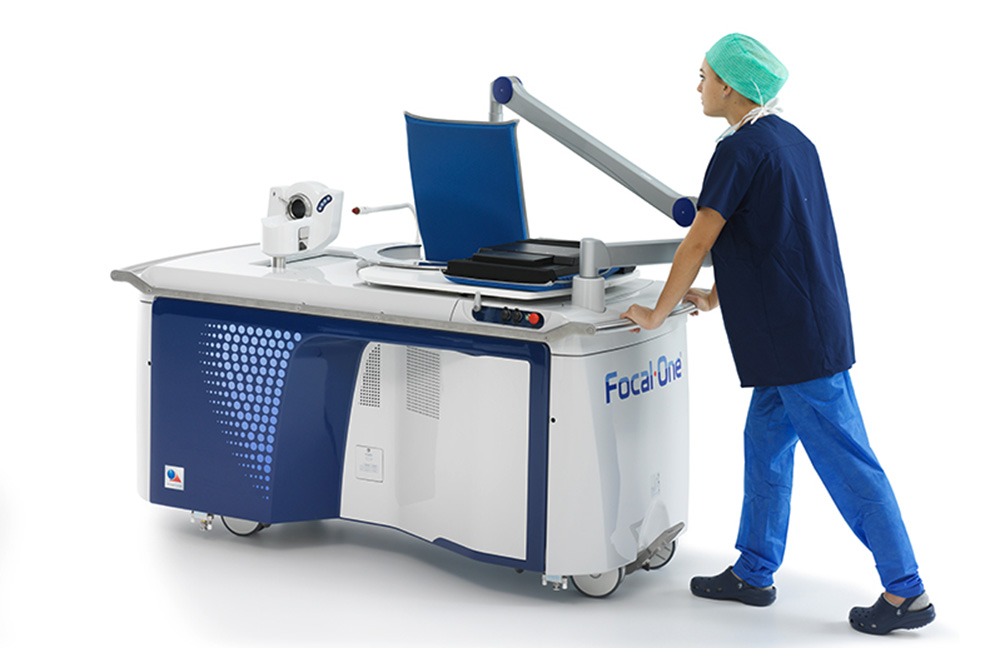
The World AI Conference brought together 18 humanoid robotics companies from across China. | Credit: WAIC
After almost two years of climbing the hype curve, humanoid robots are reaching the point of maturity where it is becoming viable to deploy them into real-world applications. The race is heating up around the world, as dozens of humanoid robot companies put all of their energy, expertise, and knowledge into to creation of this interesting robot form factor.
As reported in the South China Morning Post (SCMP), five Shanghai-based industry organizations have draft a set of guidelines for humanoid robot development in China. These organizations include the Shanghai Law Society, Shanghai Artificial Intelligence Industry Association, and the National and Local Humanoid Robot Innovation Centre.
The guidelines were published last week in Shanghai during the World Artificial Intelligence Conference (WAIC), and the organizations behind the guidelines are advocating for global cooperation, as fledgling companies and mature companies alike all jockey for dominance in this market.
According to the story in the SCMP, 18 humanoid robotics companies demonstrated their solutions last week at the WAIC event, including US-based Tesla.
Agility goes to work
Agility Robotics was not in Shanghai, but Agility is the first North American company to sell and deploy a humanoid robot into a real warehousing application at GXO. The Agility Robotics Digit is the OG in the humanoid market with more than a decade of development.
The last 18 months have been a maelstrom of news about the fast-paced progress of humanoid robots as the companies have attempted to outdo each other week after week with viral marketing videos.
Elon Musk and Tesla have done more to amplify the concept of humanoid robots and to sell the idea of a future where humanoid robots can do real work on the manufacturing floor, in warehouses, and ultimately (according to Musk) in our homes. Tesla also claims to have deployed the Optimus humanoid robot into real manufacturing work, and the company has the advantage of owning its own automotive manufacturing facilities.
This is an advantage for the Optimus product development team, as the team can work closer with their end users than any other humanoid robot company, and close the loop on issues and features. The disadvantage is that Optimus isn’t in the same spotlight as the Digit robot, working at a paying customer facility.
Safety is job 1
With all of the hype, the group of organizations in China sought to pull a set of guidelines together before all of these young robotics companies got too far ahead of their development efforts and something tragic happened that might impact the future of this emerging market segment.
Essentially echoing the original “3 Laws of Robotics” by Sir Isacc Azimov, the group believes that humanoid robots should ‘safeguard human dignity’ and ‘not threaten human security’, according to the SCMP article. Embedded in the hype of humanoid robotics is the potential for humanoid robots to replace human labor across a wide variety of applications.
This opportunity enthralls the investors in this technology, but it also stresses any robotics developer with a modicum of wisdom about the nature of robotic controls and safety deployment protocols in the real world. Nobody wants to see a humanoid robot injure or kill their grandmother, child, or pet.
As of press time, The Robot Report was unable to obtain a copy of the original guidelines, so we can’t report firsthand what is in the actual guidelines.
It is important to note that no official safety standard currently exists for the humanoid form factor. Not having an approved safety standard is a barrier to the broad acceptance of humanoid robots because every paying customer has to perform a safety risk assessment before deploying robotics onto a manufacturing floor or warehouse.
For the Digit deployment at GXO, the robot is currently operating in an area without humans in the vicinity of the robot, similar to the deployment requirements of an industrial robot. The primary standards that customers can leverage currently are the ANSI/RIA R15.06-2012 Safety Requirements and the newer ANSI/RIA R15.08-1-2020 and ANSI/RIA R15.08-2-2023 safety standards for industrial mobile robots.
While these are industrial standards, the use cases for putting a robot near the public on the street, in your home or hospital will require even stricter requirements.
To that end, IEEE has initiated a Humanoid Study Group to explore all of the current worldwide standards, determine where the gaps are for humanoid form factor robotics, and outline what needs to evolve to create standards around testing, safety, and performance of humanoid robots. I am participating in this inaugural working group, so I’ll keep you up to date on the progress of this important project.

 5 months ago
54
5 months ago
54









 English (US) ·
English (US) ·